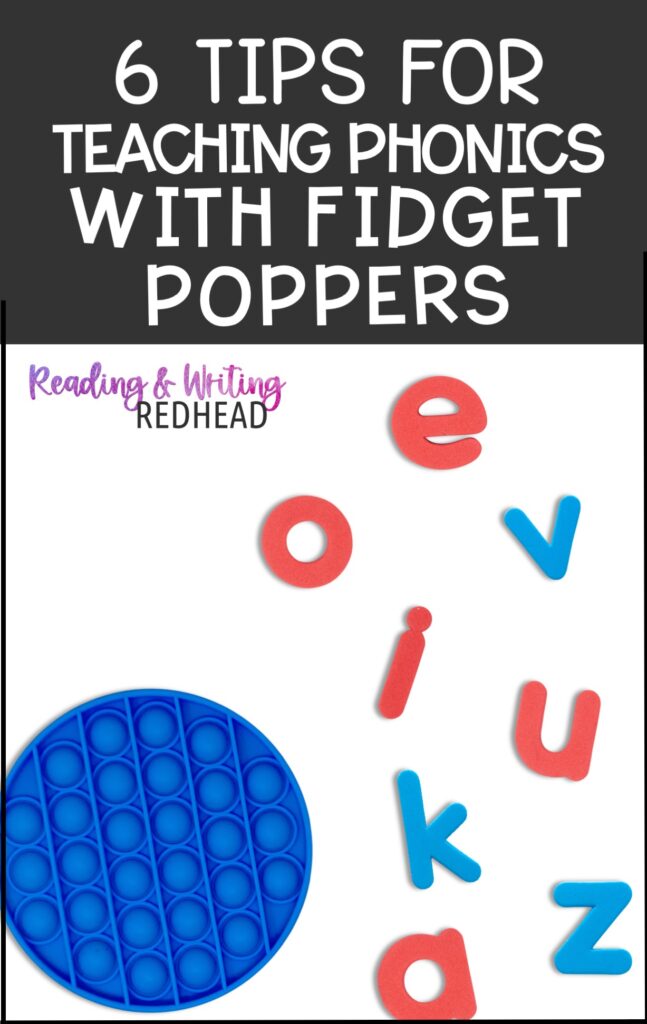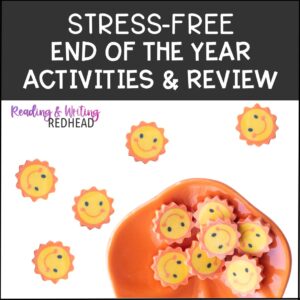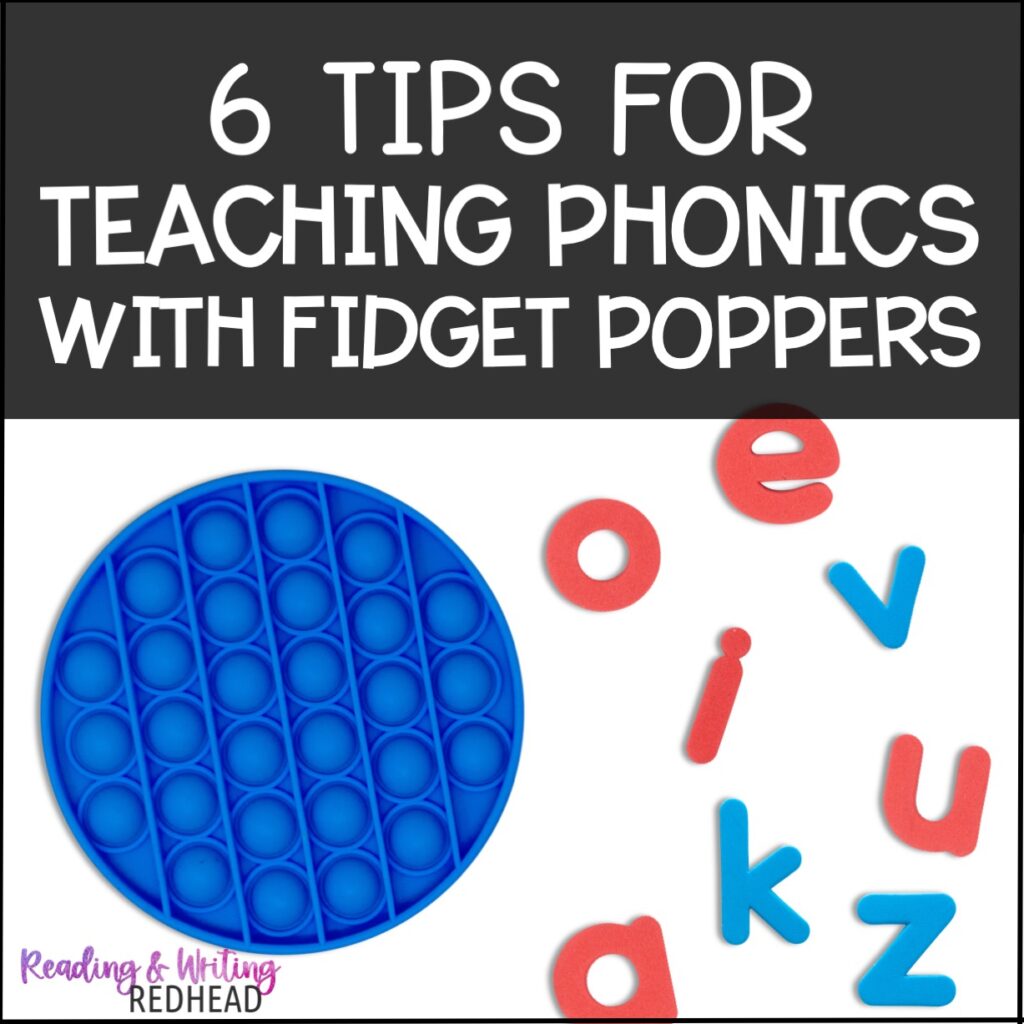
Teaching Phonics with Fidget Poppers: 6 Tips to Engage and Excite Your Students
Teaching phonics is a key part of teaching early literacy, but keeping kids interested can be tough. That’s where fidget poppers come in! These colorful, tactile toys are perfect for making phonics fun.
In this post, I share six creative ways to use fidget poppers to teach phonics. From making lessons hands-on to helping kids better understand letter sounds, fidget poppers can turn phonics into an exciting activity.
Watch as your students pop their way to phonics success!
Popping Each Sound
This is the first way I decided to use pop its for teaching phonics with my own students. Popping each sound can help students develop letter sound identification, and practice with the phonemic awareness skills of blending and segmenting sounds and words. This really helps to engage learners in reading lessons!
Pop Digraphs
Dictate words with digraphs and have students pop one bubble for each digraph in a word (ex.: ch, sh, wh…)! On my personal pop its, I actually wrote digraphs on the bottom row to scaffold for some students. This can make teaching phonics more tactile!
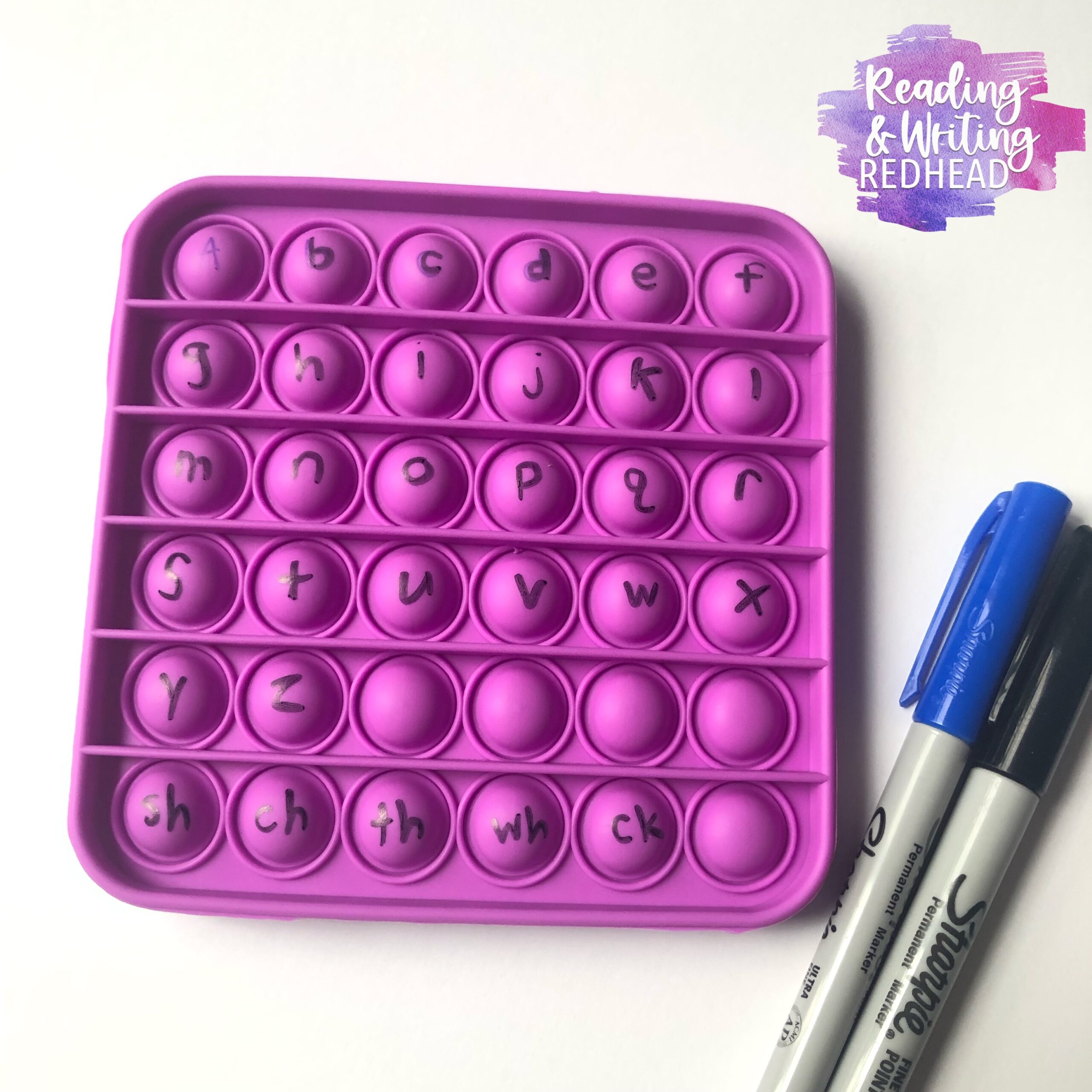
Pom Pom Sounds
Teaching phonics can be combined with fine motor practice. Here’s how you to do it:
Flip the pop it upside down. A medium size pom pom will fit in each circle. Students place one pom pom in each circle for each sound and then count pom poms (use tweezers for even more fine motor practice). Also do this for syllables!
Here are some cute pom poms that come in assorted sizes. You can find these at Amazon, or get some at Walmart or your local craft store.
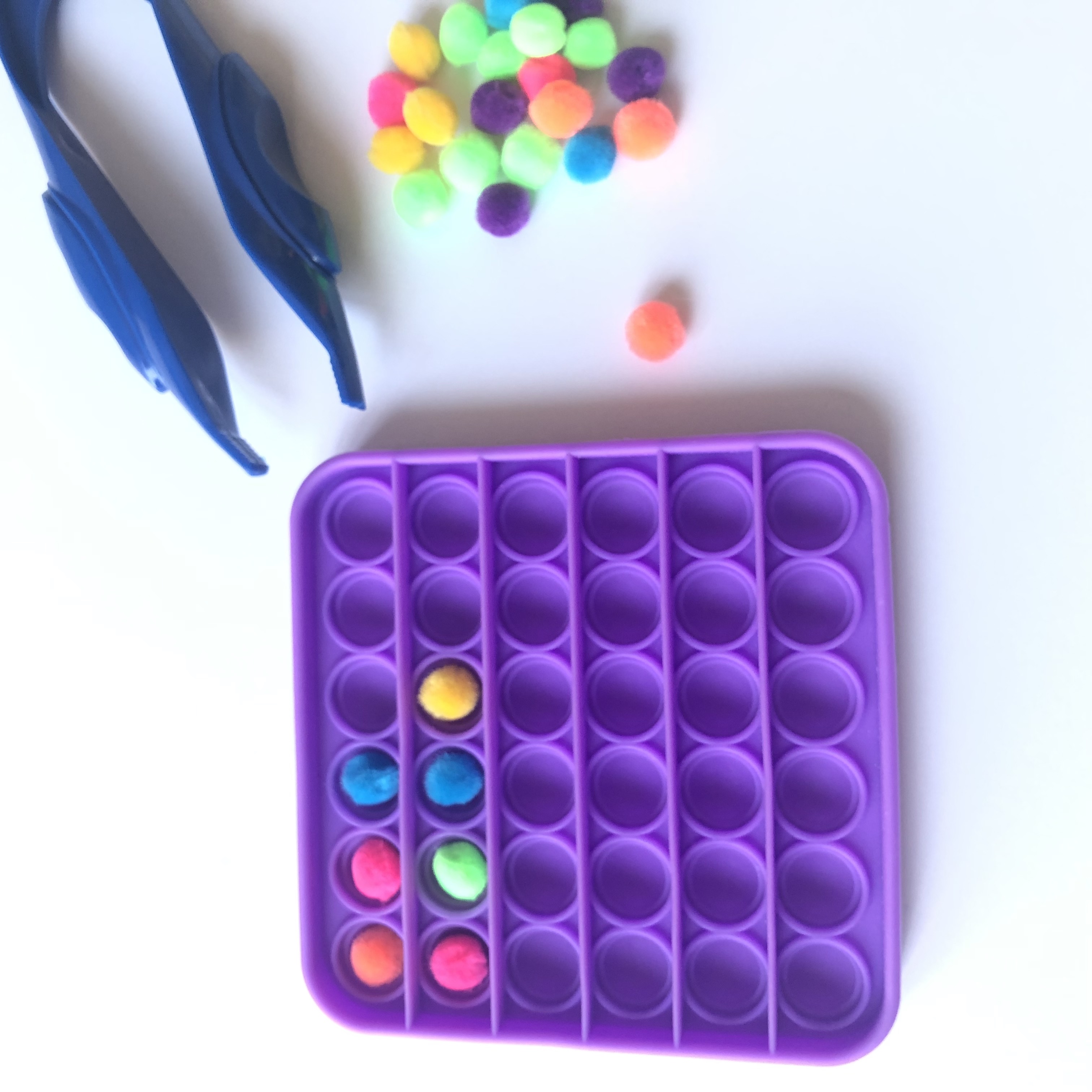
Keep reading for more ideas for how to use pop its to make phonics more engaging and effective!
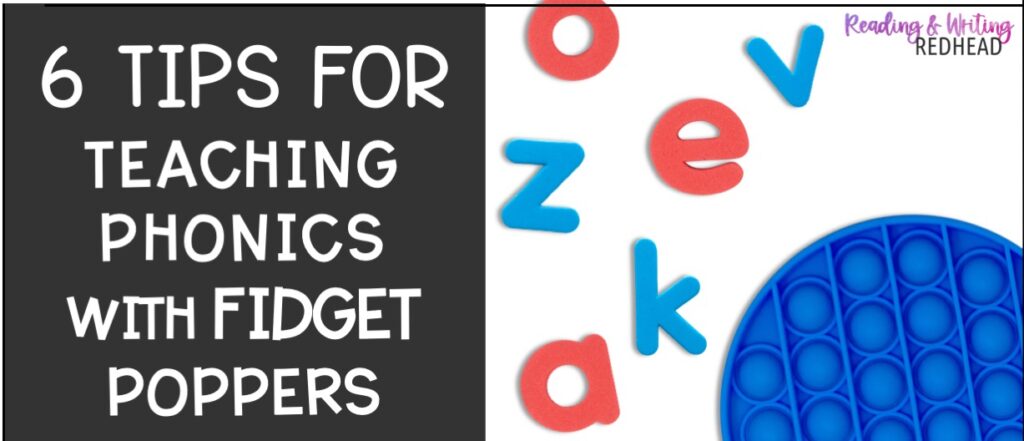
Use Pop Its for Spelling Practice
Write a-z on the pop it with permanent marker. Have kids spell words on the pop it by popping the appropriate letters! Here is an example:

Phonemic Awareness
Want another fun way to use pop its in the classroom to teach curriculum? Students need to be able to identify and count words in a sentence. So you can say a sentence and students will pop a bubble for each word in the sentence! Easy and fun hands on practice.
Save time with Ready to Go Resources
I wanted to use fidget poppers with my own students to supplement our reading curriculum (which didn’t have enough phonics practice for some students) but there was nothing out there that helped, so I made my own resources!
This resource has tons of fun and engaging phonics practice and also options for differentiation. Students will get a lot of practice tapping and blending sounds to read words, but some students might start with counting how many phonemes are in a word.
These phonics task cards are perfect for many classroom activities and they address 10 phonics skills (listed below the pictures). Get ready for some engaging phonics task cards fun! They are great for intervention, too. Your students will hardly know they are learning.
These differentiated and engaging resources are great for first graders, second graders, and third graders.
Click here or on any of the images below to check it out at TPT .

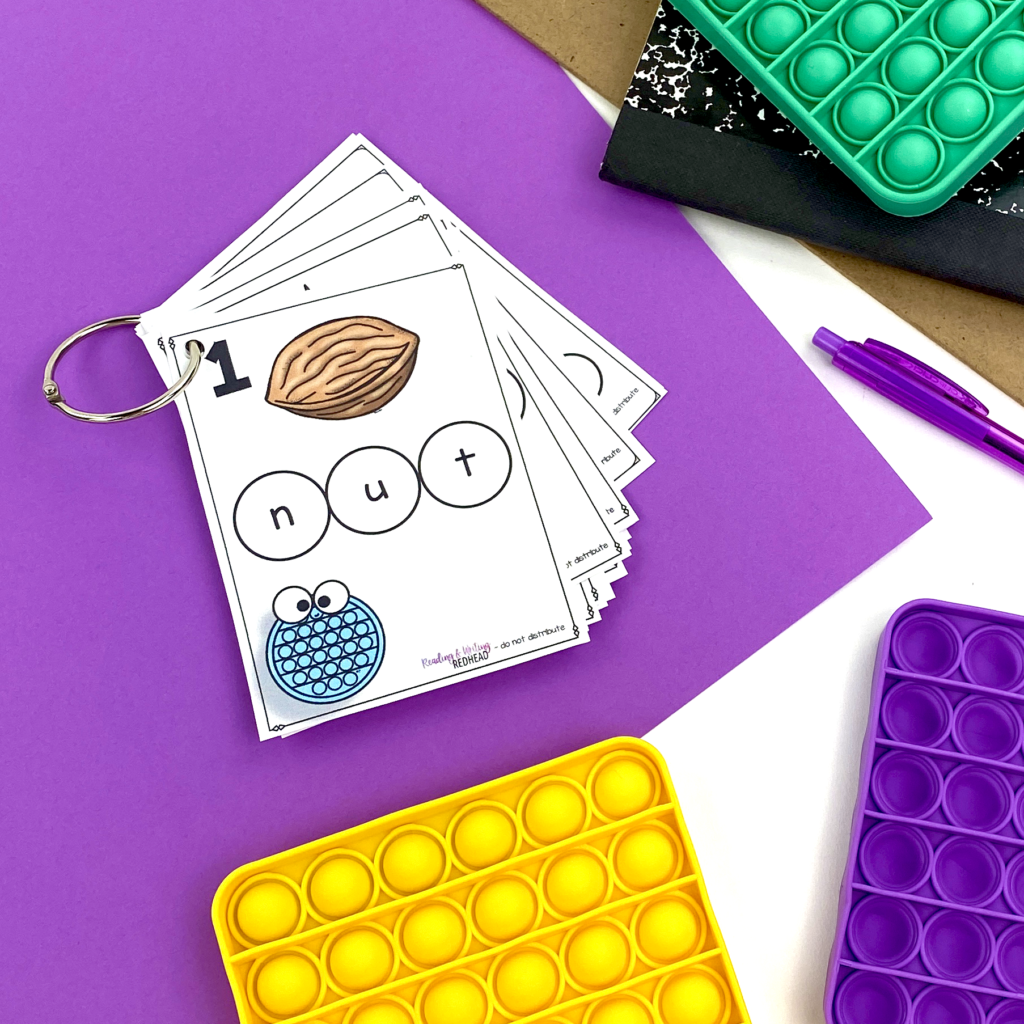
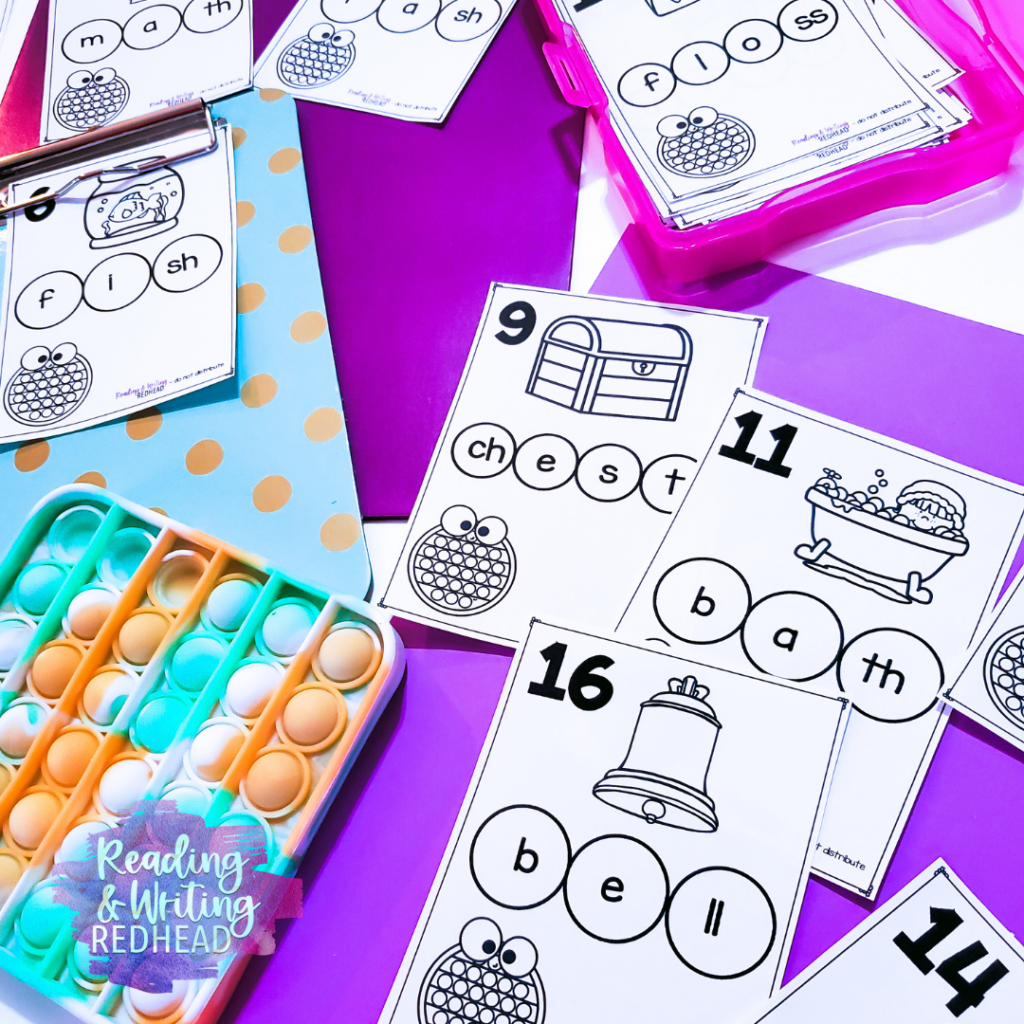
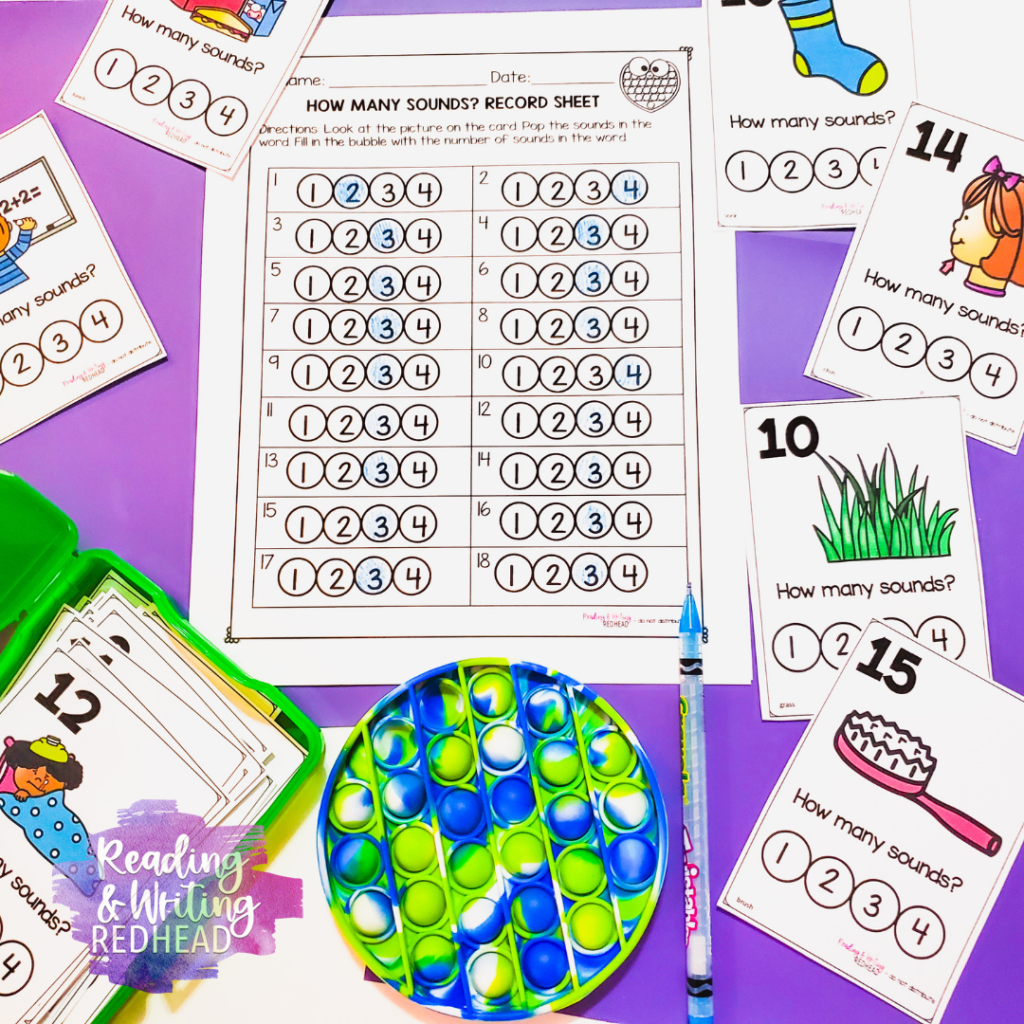
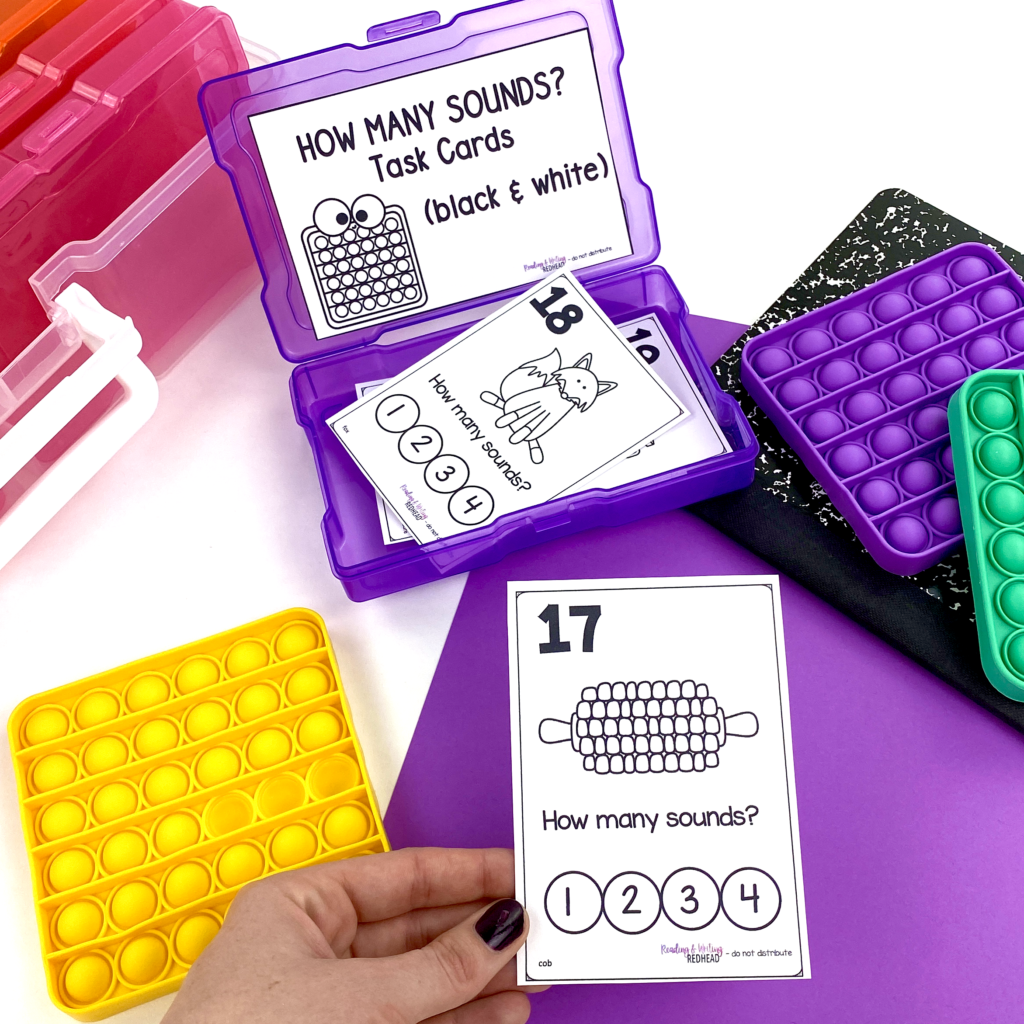
What skills are addressed?
- CVC Words
- Consonant Digraphs
- VCE (silent e) syllables
- R controlled vowels
- Diphthongs
- Glued sounds am, an, and all
- Vowel teams
- Ending blends NG, NK
- Consonant blends
- Trigraphs
What is included?
- Over 500 pages of task cards and activities, 8 complete resources
- Differentiated recording sheets
- Answer keys
- Teacher information and tips
- Word lists for extension activities and more practice
- You need: fidget poppers/pop its
Ways to use these:
- In one spot, as a reading center
- Individually at desks
- At a table with a small group
- With substitutes, teacher assistants and volunteers
This is great for:
- At the teacher table
- Reading centers
- Independent work
- Bell ringers
- Home school
- Parents practicing with their own children at home
5 Star reviews:
“My students loved this resource and I used it for centers as review. Very easy to prep!”
“My students love popits so it is great to be able to incorporate them into their learning!”
If you want to pin this post and read it again later, click on the Pin below!
You might also be interested in these blog posts:
- How Can Word Riddles Boost Phonics Skills?
- 8 Ways to Use Pop Its to Engage Learners
- 7 Ways to Practice CVC Words
- Essential Tools for Enriching your Reading Curriculum
- Unlock and Master ELA Lessons with Interactive Notebooks


